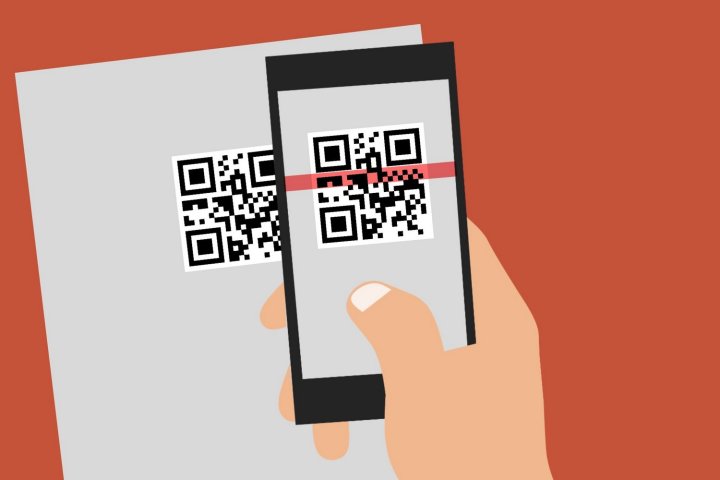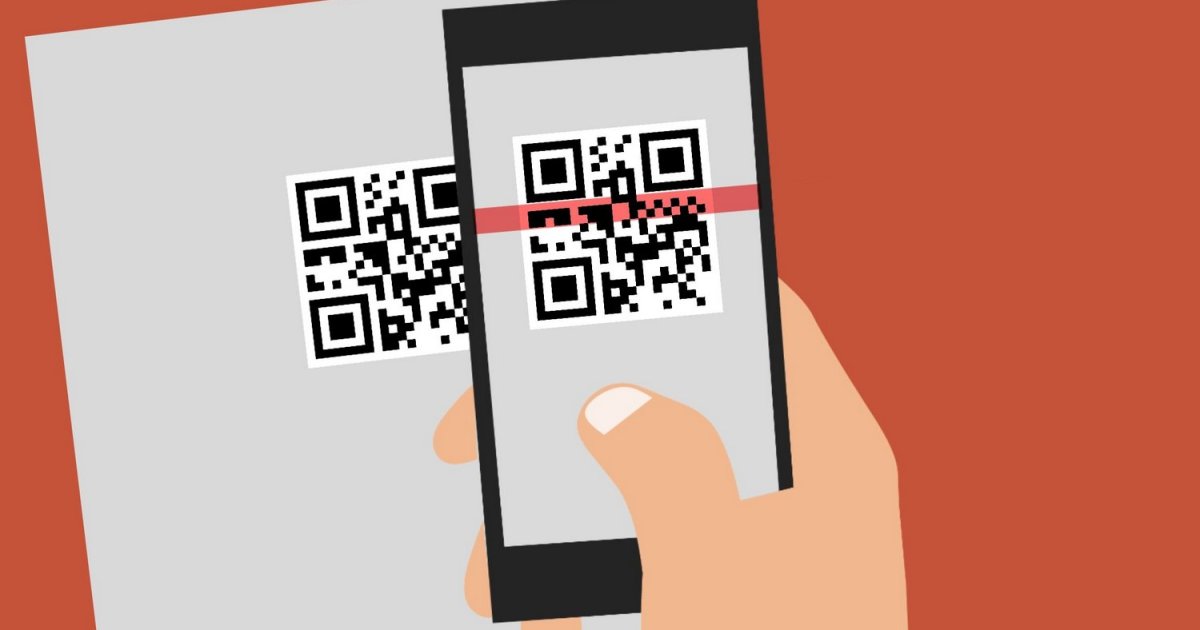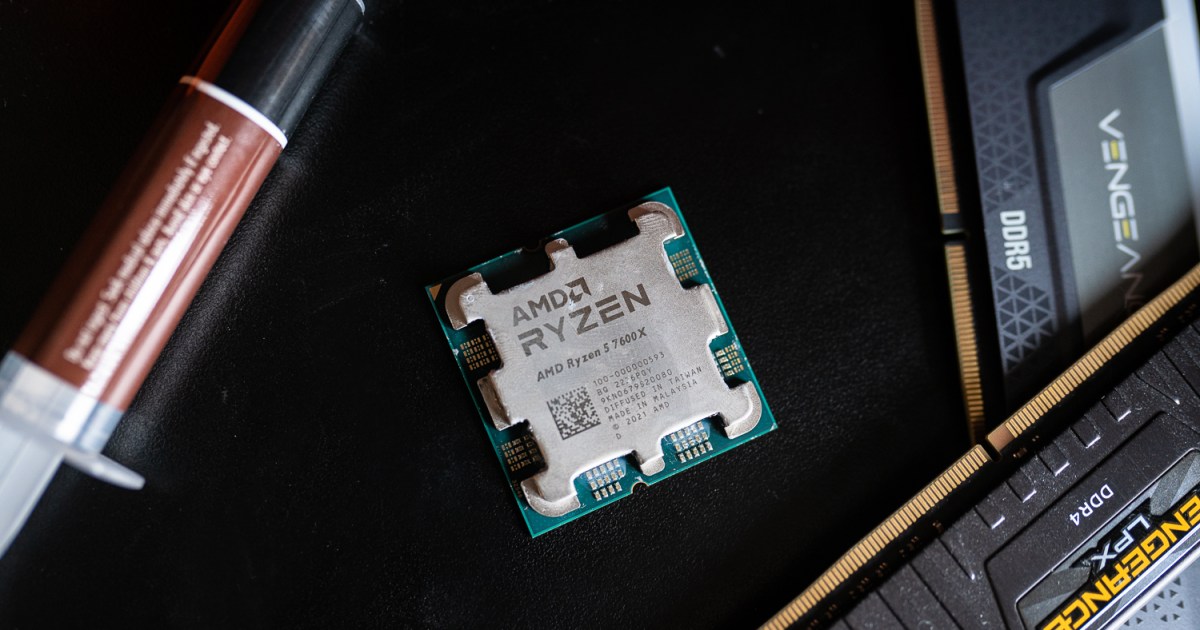QR code scams are nothing new, but a recent incident highlights a concerning trend: hackers are now using physical mail to distribute malicious QR codes. This tactic adds a layer of perceived legitimacy, making it more likely for unsuspecting individuals to fall victim. This article delves into this evolving threat and offers advice on how to protect yourself.
Hackers Leverage Physical Mail for QR Code Attacks
Recent reports reveal a new tactic employed by hackers: using traditional mail to spread malware through QR codes. Victims in Switzerland received letters seemingly from the “Federal Office of Meteorology and Climatology,” urging them to download a “Severe Weather Warning App” via a QR code. This seemingly official communication creates a false sense of trust, increasing the likelihood of individuals scanning the code.
 QR Code scam alert.
QR Code scam alert.
The Danger of the Coper Trojan
However, the QR code leads to a third-party website hosting a malicious app infected with the Coper (Octo2) trojan. This malware is designed to intercept two-factor authentication messages and push notifications, compromising security measures. It also targets banking apps, stealing login credentials and other sensitive financial data. Additionally, Coper can receive commands from remote servers, allowing attackers to further exploit compromised devices. The Register reported on this incident, highlighting the deceptive nature of the attack. (The Register)
Identifying Fake Apps: Subtle but Critical Differences
Distinguishing between legitimate and fake apps can be challenging, as the differences are often subtle. In this case, the genuine app is named “Alertswiss,” while the malicious version uses “AlertSwiss,” a barely noticeable variation in capitalization. Similarly, minor discrepancies in the app logo might exist. The cost associated with sending physical mail underscores the potential profitability of this scam for hackers.
A New Tactic, An Old Threat
According to the Swiss National Cyber Security Centre (NCSC), this is the first time they’ve observed malware distributed through physical mail. The letters’ official appearance, complete with the correct logo, contributes to their deceptive nature. Furthermore, the urgent language used in the letter pressures recipients into acting quickly, reducing the time they have to consider the potential risks.
Protecting Yourself from QR Code Scams
While the current attacks appear limited to Switzerland and Android users, vigilance is crucial. QR codes themselves are not inherently dangerous; they offer convenient functionalities like mobile payments and accessing restaurant menus. However, always exercise caution before scanning any QR code. Verify the source, double-check app names and logos for inconsistencies, and avoid downloading apps from unofficial sources.
Conclusion: Stay Vigilant in the Digital Age
This incident serves as a reminder that cyber threats are constantly evolving. While QR codes offer convenience, they also present a potential attack vector. By staying informed about the latest scams and exercising caution, you can protect yourself from falling victim to these malicious schemes. Always prioritize downloading apps from official app stores and be wary of unsolicited communications, even those appearing to be from reputable sources.










